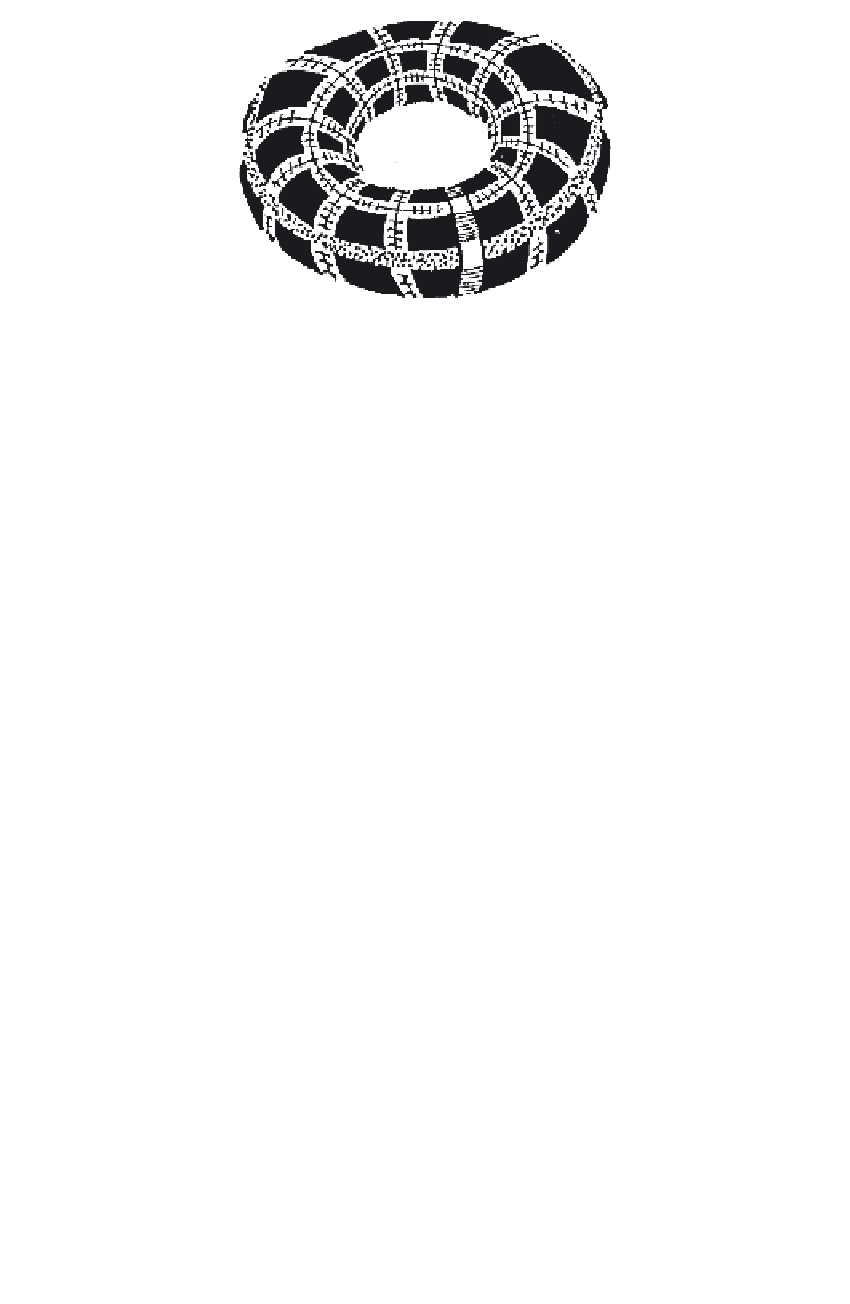Information Technology Reference
In-Depth Information
FIGURE 10. Double closure of the nervous and hormonal causal chain. Horizontal
dotted line (equator) neurohypophysis. Vertically broken seam (meridian) motor-
sensory “synaptic gap”.
tent and complete theory of cognition—or of “observation”—based exclu-
sively on recursive computations within the organism itself, without calling
upon the help of a “second order” observer who tells us what he sees
regarding the first order observer, and so on and so forth, up the never
ending hierarchical ladder.
15,16
As a general suggestion for researching this problem, I would postulate
the following proposition:
The postulate of the epistemic homeostasis—
The nervous system as a whole is organized in such a way (organizes itself in such a
way) that it computes a stable reality.
This makes it clear that here again, with “stable realities”, we are dealing
with an Eigen-value problem, and I could imagine that this observation may
be of value in psychiatry.
Some may have seen in these remarks their existentialist basis. By means
of the double closure of the circle of signals—or the complete closure of
the causal nexus—I have done nothing more than stipulate the autonomy
of each individual living being anew: the causes of my actions are not some-
where else or with somebody else—that would be heteronomy: the other is
responsible. Rather, the causes of my actions are within myself: I am my
own regulator! Frankl, Jaspers, or Buber would perhaps express it the fol-
lowing way: in each and every moment I can decide who I am.
And with this, the responsibility for who I am and how I act falls back to
me; autonomy means responsibility; heteronomy means irresponsibility.
Here we see that the epistemological problems of ethics coincide to a
larger degree with those of cybernetics, and thus we, in the field of cyber-
netics, have the responsibility to partake in the solution of the social and
ethical problems of our times.

Search WWH ::

Custom Search